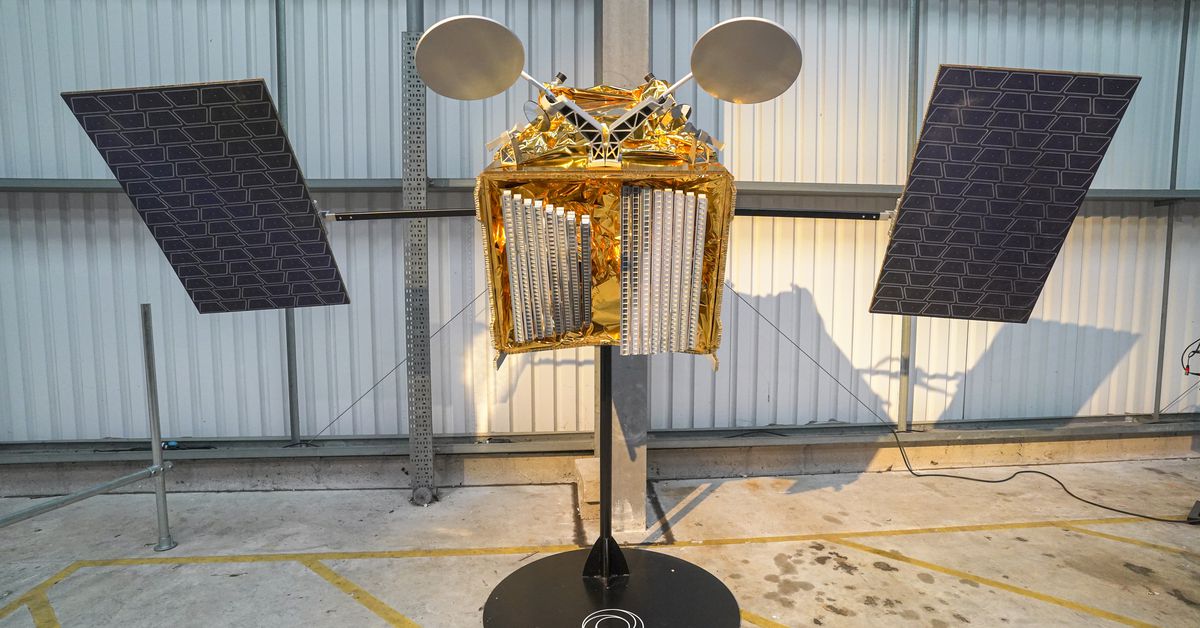3 Tips For Cost-Effective Integration of AI-Based Robots Into Your Business
Artificial intelligence is unquestionably going to drive the future of human society. This is especially true of the business world, […] The post 3 Tips For Cost-Effective Integration of AI-Based Robots Into Your Business appeared first on ReadWrite.

Artificial intelligence is unquestionably going to drive the future of human society. This is especially true of the business world, where time is money, and every company wants to optimize its profits by performing a succesful AI and robot integration. The World Economic Forum estimates that, by 2025, AI will have eliminated 85 million jobs and created 97 million new ones, which means the global workforce is in the midst of a seismic shift.
Despite these predictions, many companies are slow to take advantage of AI and robots. Currently, while 90% of top businesses have invested in AI technology, less than 15% have actually incorporated artificial intelligence into their work.
Much of this hesitation comes from a combination of a misunderstanding of the tech, high costs, and mistaken ideas about what must be done to achieve integration.
First Things First: AI and Robots Are Not Interchangeable
If someone asks you to imagine a robot, any kind you wish, there is a good chance that you would picture something vaguely humanoid with some level of intelligence. Maybe you would think of a Westworld automaton or C-3PO, or perhaps something like Wall-E would come to mind. Regardless, most of us have a hard time separating robotics from artificial intelligence.
The truth is that while we ofthen pair them together, the two technologies are wholly separate from each other and serve different purposes.
According to Oxford Languages, the definition of artificial intelligence is “computer systems able to perform tasks that normally require human intelligence, such as visual perception, speech recognition, decision-making, and translation between languages.”
Meanwhile, the Encyclopedia Britannica defines a robot as “any automatically operated machine that replaces human effort, though it may not resemble human beings in appearance or perform functions in a humanlike manner.”
Both AI and robots autonomously perform tasks that humans typically do. Still, one does not necessarily need the other, and neither is required to look or function exactly as a human would. These distinctions are important when you are considering implementing AI or AI-based robots into your business.
The Cost Barrier of AI Tools in Business
Right now, the cost of AI tools can sometimes be prohibitively high. Cost estimates are dependent upon which sector a business operates in, what type of software is being built and how complex the solution is overall.
Complete automation of robots and the implementation of advanced AI tools can be costly, especially if an organization has to significantly alter its established work processes along with the new technology. There are no concrete figures about how much AI-based robots cost for a business, but the numbers can range anywhere from $6,000 to upwards of $1 million. Unfortunately, many companies see these prices and think it is impossible to incorporate this tech into their workflows.
However, this is not the whole story. First, it’s important to recognize that a certain level of upfront investment into AI-based tools must be made sooner or later in order to stay competitive. Second, there are strategies for adopting integrated systems in a more effective way.
Let’s look at three simple strategies for incorporating artificial intelligence and robots into your business processes in a cost-effective manner.
1. Look for Ways to Integrate AI Tools With Existing Systems
There is often a mistaken assumption that adding AI-based robots into existing workflows means that you have to dismantle and completely rebuild the entire system. This is extremely expensive, time-consuming and resource-intensive, so it makes the whole process seem daunting and not worth it.
Fortunately, this is not always the case. Before changing anything, it is crucial to do a cost-benefit analysis to make sure that what you are changing will pay off appropriately in the long run. It is often the case that rebuilding your whole system is the least cost-effective approach and will not achieve the results you want.
Instead, consider integrating different software and other tools into existing systems. For instance, utilizing AI tools like Tensorflow or AutoML can help your team test, research and more deeply learn about machine learning models and how they can impact various work processes before investing in expensive bespoke solutions that may or may not serve your needs.
One of the best things to do is sit down with a knowledgeable person and outline what types of things your business hopes to automate. This can help you narrow your focus to the most essential automation steps, making it easier to see where you can integrate AI-based tools into your existing systems.
2. Robots Can’t Take Responsibility, So Know Who is in Charge
It is true that robots are far less likely to make mistakes than humans, but they are not infallible, which means, eventually, an error will happen.
Despite what science fiction might say, the fact is that robots are not able to take responsibility for their decisions. When there is a clear human chain of command, it’s a bit easier to figure out who is responsible for mistakes or problems when they arise, but the lines become blurred when AI and robots are thrown into the mix.
While the legal disputes over AI liability will be ongoing for the foreseeable future, it is essential to cover all your bases before you begin using any robots in your workplace. In fact, it is worthwhile to consult with legal counsel to ensure you have plans in place for any future disputes or issues that come up.
3. Remember That the Goal is Synergy, Not Replacement
There is no doubt that the future of humanity is wholly intertwined with AI and robots. However, there is a mistaken belief that robots will “replace” humans in all aspects of the workforce.
Ultimately, the goal of AI-based robots and tools is not to replace humans but to work synergistically alongside them. Robots excel at doing mundane, repetitive tasks, but there will always be a need for humans as well. The sooner that companies can shift their mindset away from replacing people and toward assisting workers, the sooner they will see progress. This mindset will also save organizations considerable time and money when it’s time for integration.
Consider the jobs people often think robots will “take” from them. If we augment these jobs by robots and de-risk by a human, the overall work experience would be better for employees, customers and the company.
It is vital to understand the strengths and limitations of robotics and AI.
The Robot Revolution is Here, But Cost-Effective Integration Doesn’t Have to Be Hard
Advancements in artificial intelligence and AI-based robots are allowing us to revolutionize how people around the world work. As the technology continues to grow and develop, more and more companies will be looking for ways to integrate robots into their work processes without breaking the bank to do so.
Effective AI-based tool integration doesn’t require the costliest custom AI solutions. The tips above can help your business dip its toes into the world of robotics to see how it can improve both the bottom line and the human work experience.
Hybrid intelligence is the answer to this for two reasons. First, it plays to the strengths of both robots and humans, as discussed earlier. Second, it takes the environmental impact of an automated future into account. If we forced full robot autonomy, there would be an overwhelming amount of obsolete machinery that would end up in landfills. This places an astronomical environmental and economic price tag on this path.
Instead, if we leverage the hybrid intelligence route, we can safely increase robotization and automation, saving on production costs, reducing the negative environmental impact and creating a world that’s ideal for human-machine collaboration.
![]()
Arkady Sandler
Arkady Sandler is a serial entrepreneur and technology executive with over 20 years of experience. He founded five startups; successfully exiting three of them. Today, as CEO and co-founder of Docet TI, Arkady focuses on H2iM, a cutting-edge AI technology designed for specialized surface vehicles.

 Aliver
Aliver 
































